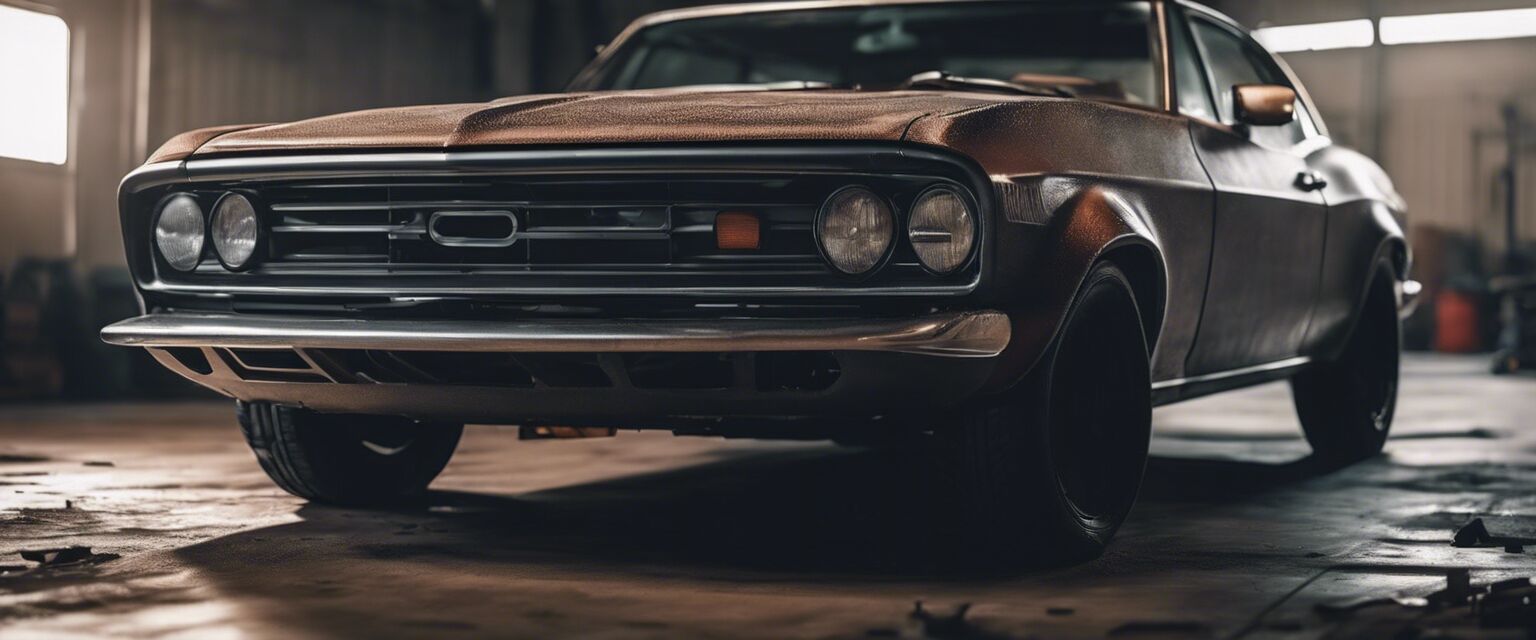
Car Mirrors
Key Takeaways
- Understanding the different types of car mirrors is essential for safety and functionality.
- Proper maintenance and adjustment of mirrors can prevent accidents.
- Aftermarket options can enhance aesthetics and performance.
Car mirrors are an indispensable component of vehicle safety and navigation. They provide crucial visibility of the surroundings, helping drivers make informed decisions on the road. In this article, we will explore various types of car mirrors, their functions, and the importance of maintaining them.
Types of Car Mirrors
| Type of Mirror | Description |
|---|---|
| Rearview Mirror | Located inside the car, this mirror allows drivers to see vehicles and objects behind them. |
| Side Mirrors | Also known as wing mirrors, these are placed on both sides of the vehicle to provide lateral visibility. |
| Blind Spot Mirrors | Small supplementary mirrors that help reduce blind spots, improving safety during lane changes. |
| Convex Mirrors | These mirrors are curved, offering a wider field of view than flat mirrors, often used as side mirrors. |
| Heated Mirrors | Equipped with heating elements to defrost and eliminate condensation, ensuring visibility in cold weather. |
| Auto-Dimming Mirrors | These mirrors automatically adjust their tint in response to bright lights from vehicles behind. |
Importance of Car Mirrors
Car mirrors play a crucial role in ensuring the safety of both the driver and other road users. Here are some reasons why they are important:
- Visibility: They help drivers see their surroundings, reducing the likelihood of accidents.
- Awareness: Mirrors assist in monitoring blind spots, enhancing situational awareness.
- Compliance: Properly functioning mirrors are essential for road safety regulations.
Maintaining Your Car Mirrors
To keep your car mirrors in optimal condition, consider the following maintenance tips:
Tips for Beginners
- Regularly clean your mirrors with a glass cleaner to ensure clear visibility.
- Check for cracks or damages and replace mirrors as needed.
- Adjust mirrors before driving to achieve the best viewing angles.
- Consider adding blind spot mirrors for enhanced safety.
Aftermarket Car Mirrors
Many drivers opt for aftermarket car mirrors to enhance their vehicles. These mirrors can offer additional features or aesthetic improvements. Some popular options include:
| Aftermarket Feature | Description |
|---|---|
| Custom Designs | Mirrors that match the vehicle's style or color for a personalized look. |
| Advanced Technology | Mirrors with integrated cameras or sensors for added functionality. |
| Enhanced Safety Features | Mirrors designed specifically to reduce blind spots and improve visibility. |
Conclusion
Understanding the various types and importance of car mirrors can significantly enhance driving safety. Regular maintenance and considering aftermarket options can further improve your vehicle's functionality and aesthetics. For more information on related products, check out our sections on Bumpers and Fenders, Doors and Panels, and Grilles and Trim.
Pros
- Enhances driver safety and awareness.
- Variety of options available for customization.
- Aftermarket mirrors can add functionality.
Cons
- Aftermarket mirrors may not fit all vehicle models.
- Improper installation can lead to visibility issues.
- Costs may vary depending on the features.
FAQs About Car Mirrors
Here are some frequently asked questions regarding car mirrors:
- How often should I replace my car mirrors? It's advisable to replace them if they are cracked, damaged, or if visibility is compromised.
- Can I install aftermarket mirrors myself? Yes, many aftermarket mirrors come with installation instructions, but professional help may be needed for certain types.
- Are heated mirrors worth it? Yes, especially in colder climates, heated mirrors can improve visibility by preventing ice and fog.
Further Reading
For more insights on automobile body parts, explore our other articles on:









